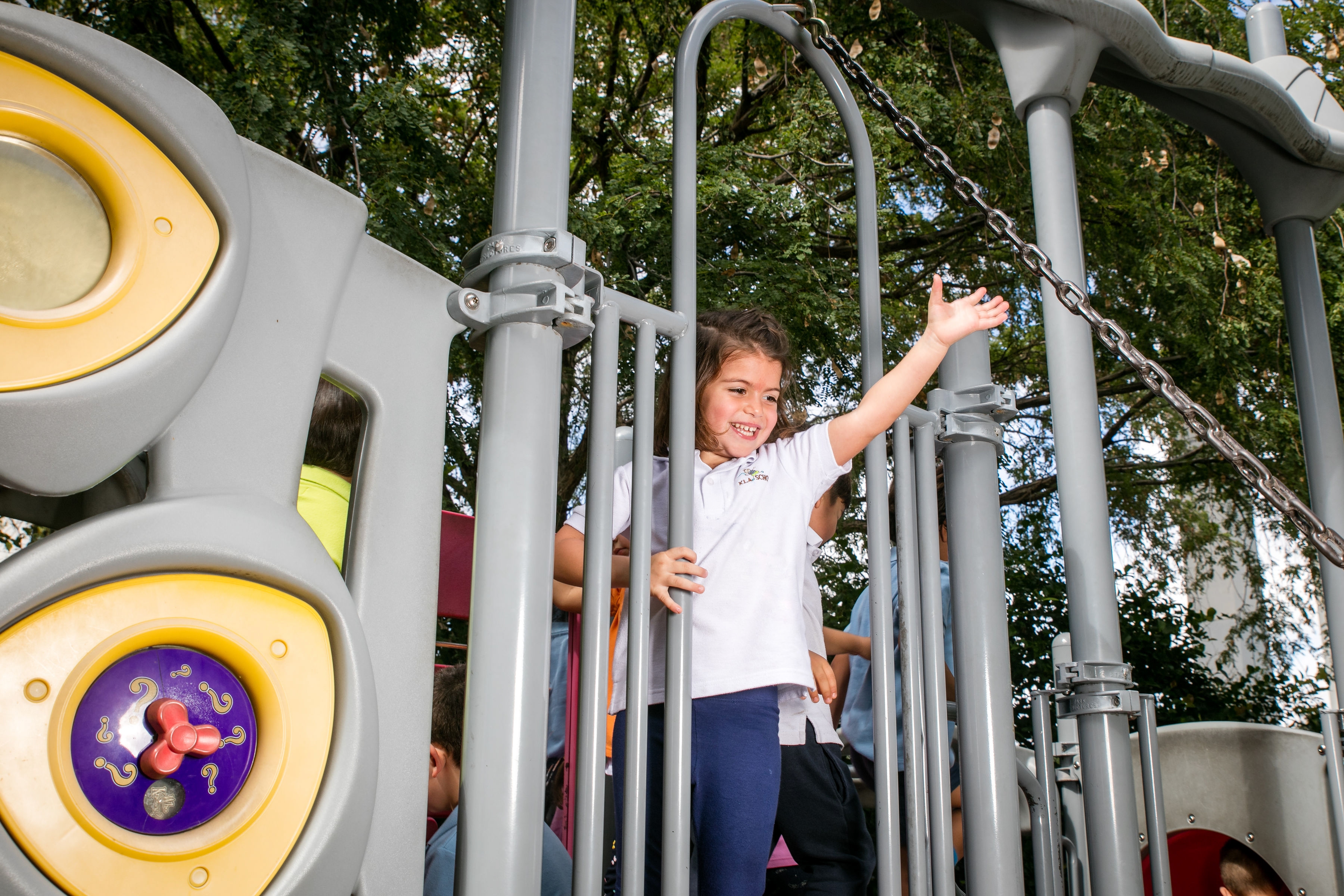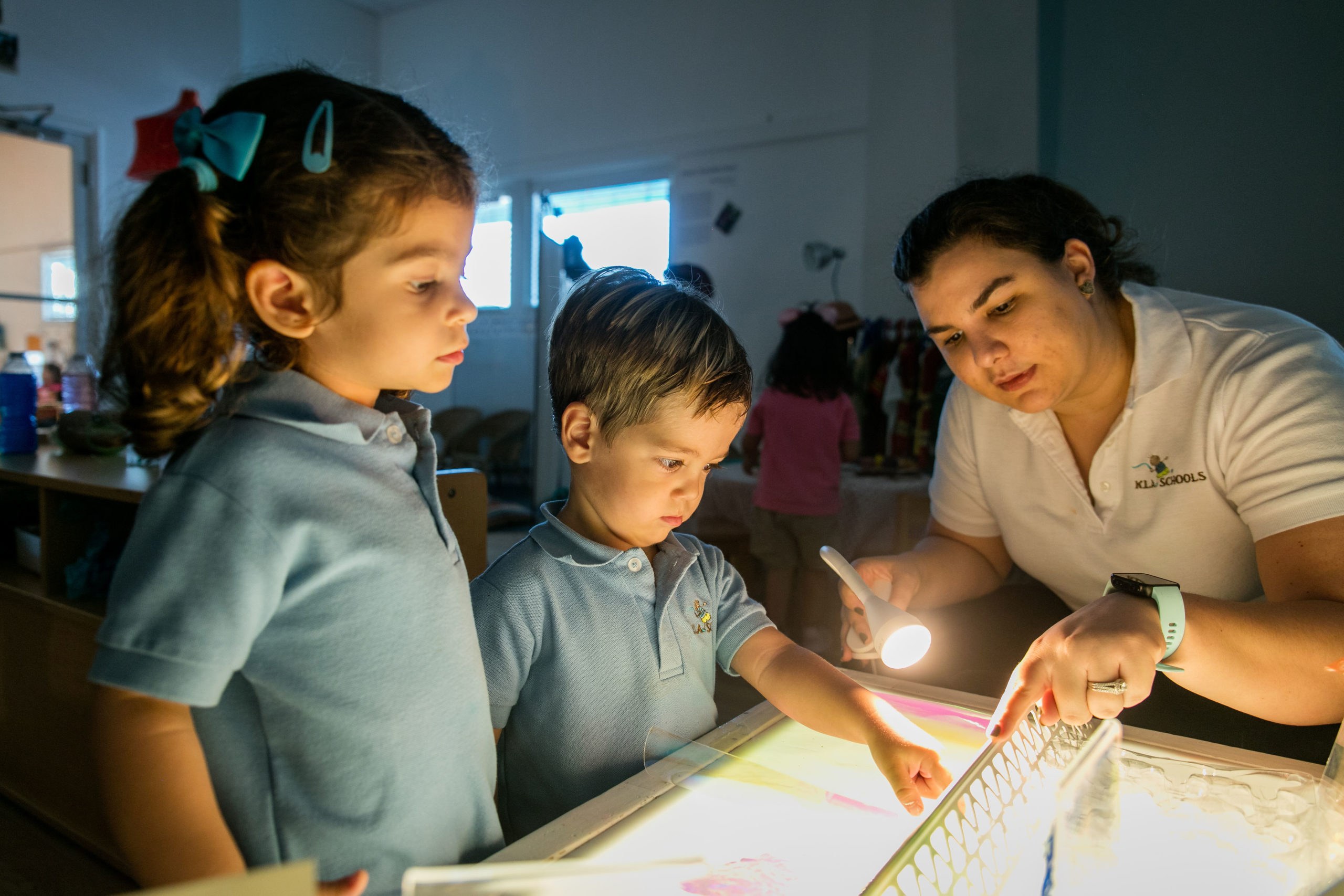Aug 06, 2021
The Role of Teachers in Early Childhood Education
The education that your child receives in their first few years of life is critically important. Early childhood education imparts several benefits including fewer behavioral problems, greater success in later education, and improved mental health.
Here are a few examples of the things early childhood education teachers do in the classroom to help give your child the best possible foundation for success.
Infants
Early childhood educators soothe and nurture build a sense of confidence in infants by responding quickly and appropriately to their natural cues. For example, they hold, talk, and sing to infants in a quiet reassuring voice and make eye contact with them. Infants imitate sounds they hear and experiment with facial expressions that they see adults making. The rudimentary communication of infants includes pointing, raising hands, and making different movements and sounds. The educator encourages this communication by asking questions connecting to the movement or to the sound.
Infants learn with all their senses, and a good early childhood educator offers multiple sensorial experiences with materials such as paint, clay, sand, light and shadows, and much more. In addition, early childhood educators prepare various large motor experiences for infants. These take place inside the classroom, around the common areas of the school, and outside. This way, infants challenge themselves physically and develop gross motor skills.
Younger Toddlers
Younger toddlers between 12-24 months are learning how to walk, run, and jump, and good early childhood educators observe a toddler’s interaction with the environment, materials, and each other. These observations are used to identify a toddler’s interests and what they’re most curious about. As a toddler’s fine motor skills evolve, their early childhood educators provide multiple opportunities for sensory experiences, painting, scribbling, moving, dancing, discovering nature, and expressing themselves with art.
Empathy, pretend play, and social roles are explored as educators help toddlers navigate their first relationships and begin to create their own identity.
Two-Year-Olds
Two-year-olds are learning to become more independent. They want to do more things for themselves such as eating, washing hands, dressing themselves, and learning to use the toilet. Through various sensorial, fine motor, and gross motor experiences, early childhood educators encourage two-year-olds to become self-sufficient in a safe environment.
A good early childhood educator will offer a variety of opportunities for two-year-olds to experiment with art and drawing and begin to give meaning to the shapes and symbols they create, including early forms of letters and numbers.
Early childhood educators create opportunities for conversations to help expand your child’s comprehension and literacy skills. Regular reading helps two-year-olds build new vocabulary. Educators connect stories with objects and events in children’s lives so that they learn that print and pictures have a meaning. Educators will ask open-ended questions and to encourage children to verbalize their ideas and promote conversations amongst them. These discussions help two-year-olds develop skills such as problem solving, collaboration, understanding cause and effect, sharing and how to be a member of a group.
Three-Year-Olds
Most three-year-olds express themselves in sentences and are able to recite simple rhymes and ask questions. Early childhood educators will ask open-ended questions and hold meaningful conversations with three-year-olds to encourage their language skills and learn how to express themselves. Educators will also encourage interactions between children where they can exchange knowledge and build social skills
Three-year-olds use all their senses to learn about their world, and a good early childhood educator will expose them to many sensorial materials such as paint and clay. These open-ended materials support the children in developing divergent thinking, problem solving skills, and creativity.
Early childhood educators encourage three-year-olds to begin to tell stories through art, writing, and reading. This helps children understand that print carries a message and the words we speak can be written and read; that stories have a beginning, middle, and an end. They are encouraged to recognize key ideas and details of stories.Three-year-olds are learning how to create letters and write basic words, and are aware of the uses of writing. Educators support this process encouraging children to explore books, notepads and writing tools, labels, maps, and more.
While a three-year-olds gross motor skills become stronger, early childhood educators encourage activities such as running, throwing and catching a ball, dancing, climbing, jumping, assembling puzzles, painting, and drawing.
Preschoolers
Four-year-olds develop greater self-control, independence, and enjoy trying new experiences. They begin communicating in more complex and compound sentences, and frequently initiate conversations and show interest in two-way discussion. Early childhood educators encourage four-year-olds to have discussions, tell stories, and document and record their experiences and thoughts through photographs, discussions, videos, or voice recordings. They also promote social interactions both amongst the children and with other educators.
Four-year-olds are able to recognize many letters, and understand that letters represent the sounds in spoken words and may associate some letters with their sounds. Early childhood educators encourage four-year-olds to combine their imaginations with letters and words at this stage, both in writing and in art.
Early childhood educators encourage the development of motor skills in ways such as walking, climbing, jumping, hopping, skipping, marching, throwing, catching, kicking, dancing, holding writing tools, mastering buttons, and tying shoelaces.
Four-year-olds are very curious, and a good early childhood educator uses science and engineering practices to help children better understand their communities, economic and ecosystems as well as the physical earth in which they exist.

